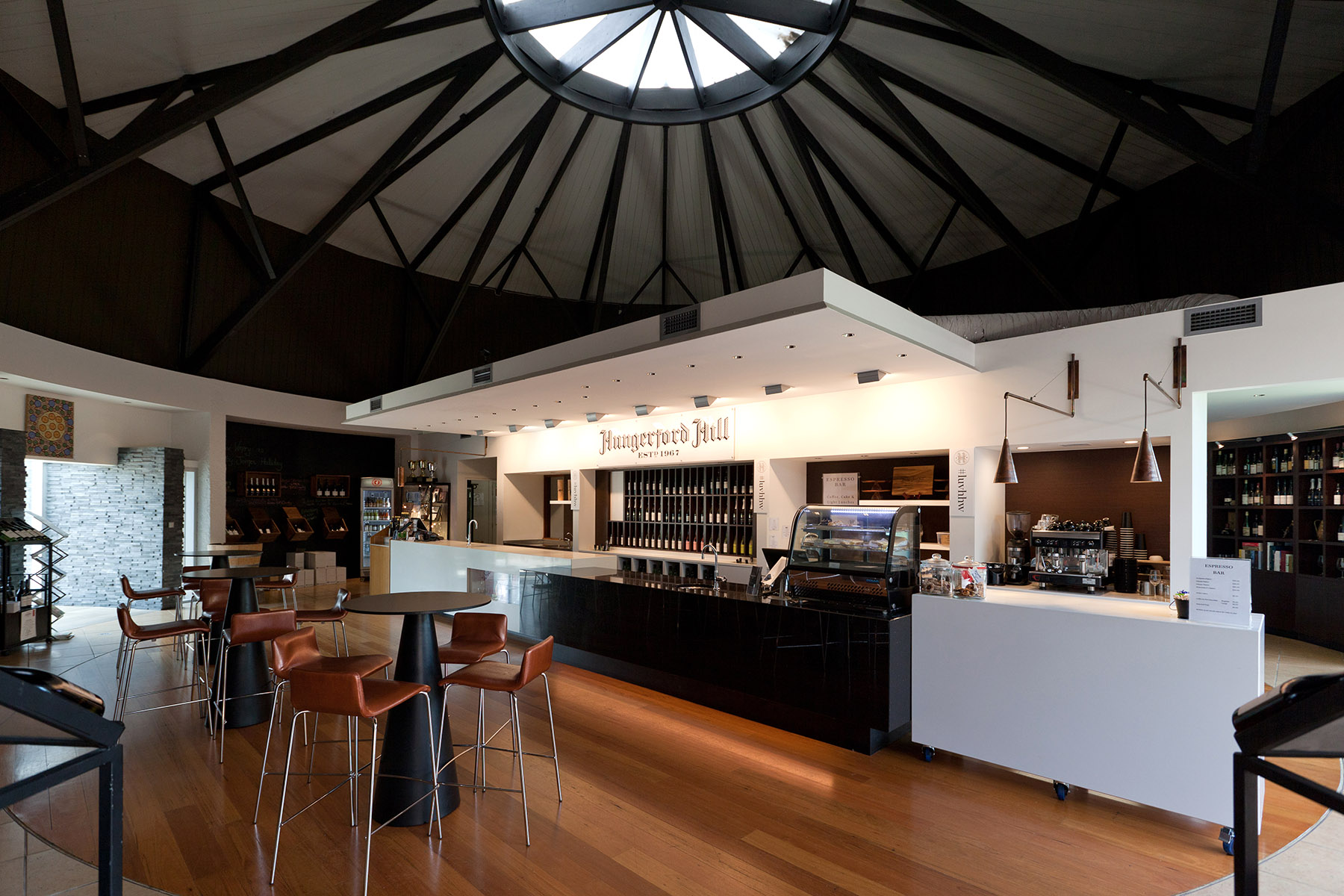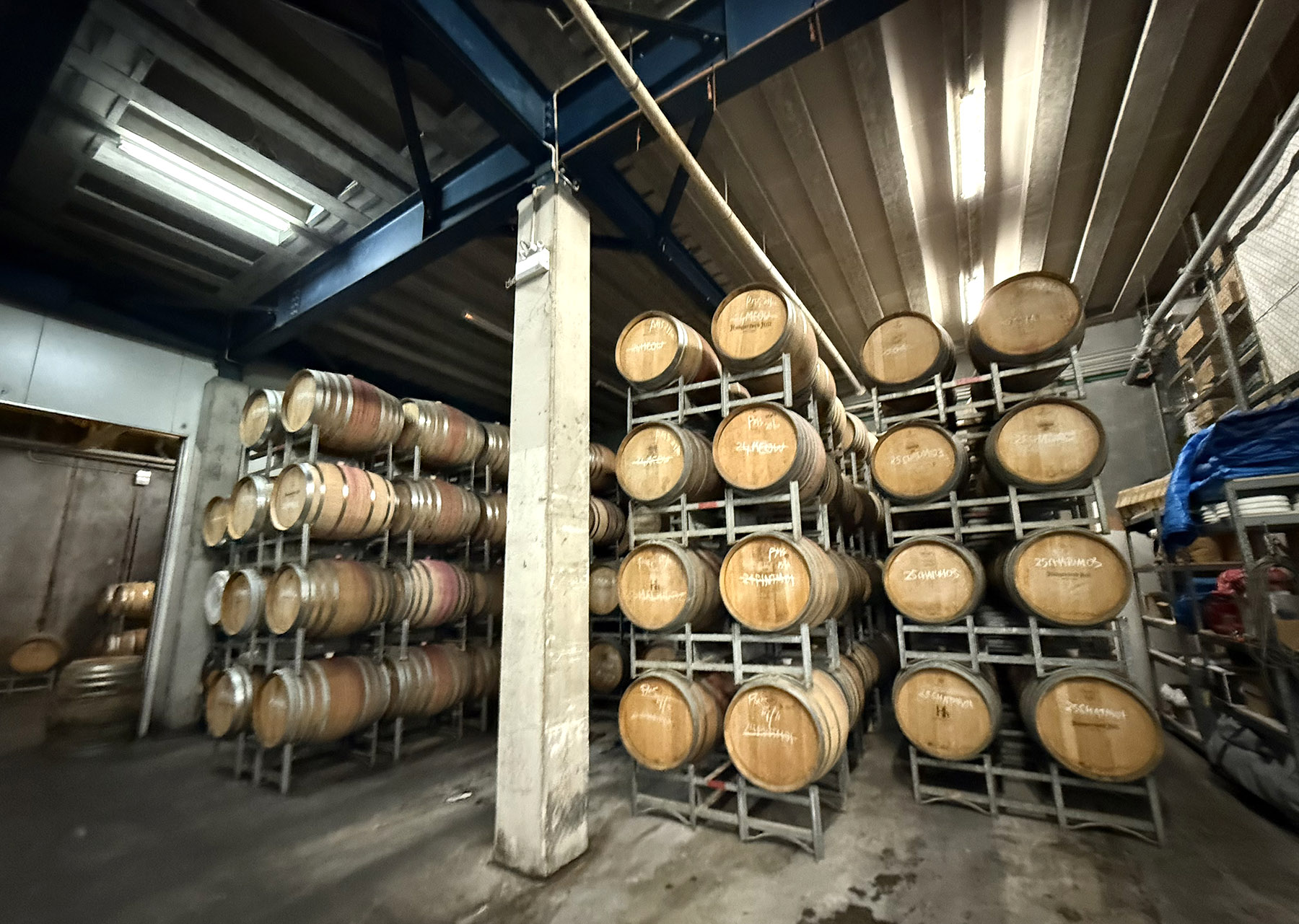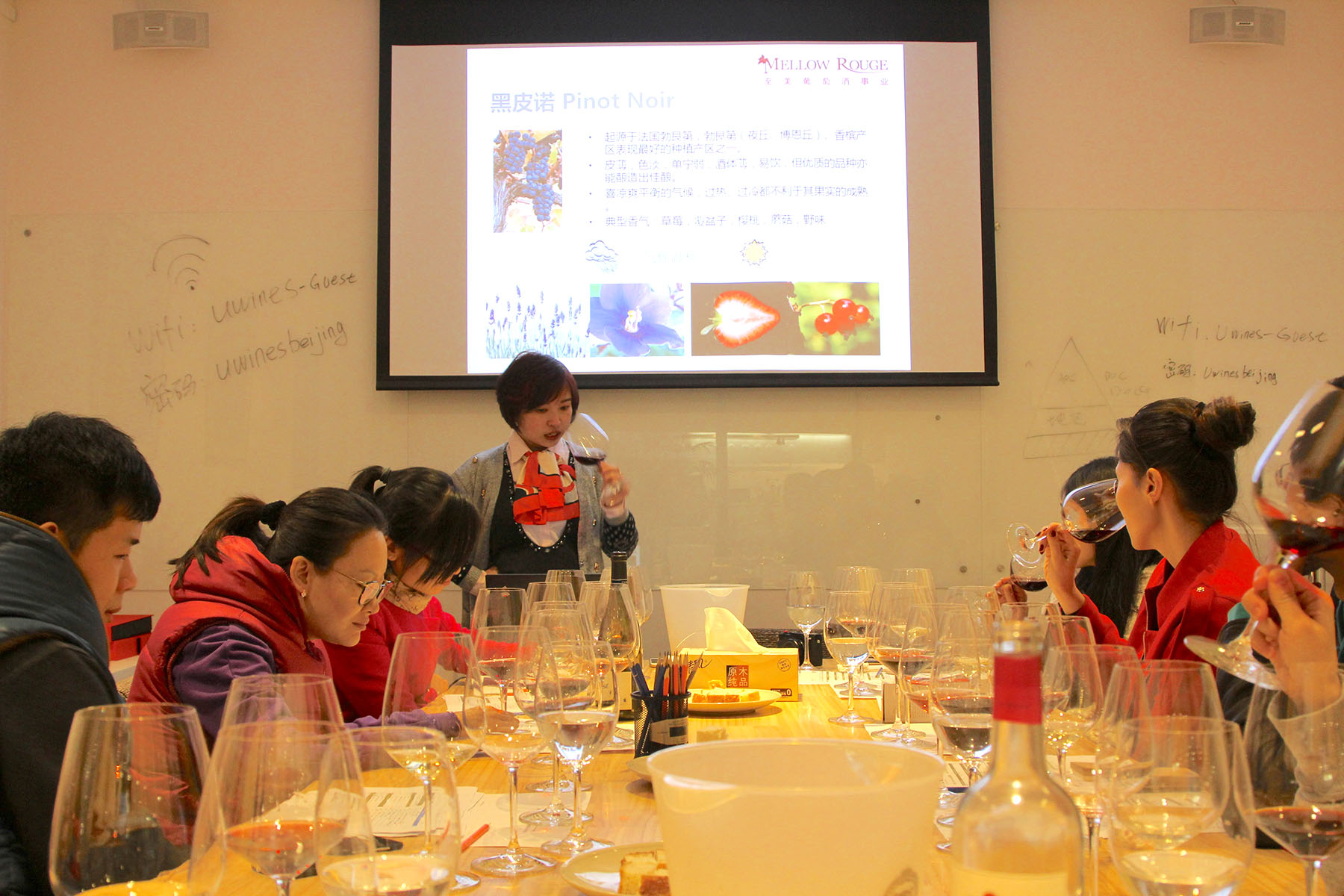Since tariffs lifted, strong demand has helped industry deal with global market shifts

Chinese consumers' and Alexis Hooi in Sydney importance to Australia's winemakers has been uncorked since tariffs were lifted, at a time when its industry faces major challenges of oversupply and overfamiliarity in the global market.
In the 12 months to December, Australian wine exports grew by 34 percent in value to A$2.55 billion ($1.59 billion) and by 7 percent in volume to 649 million liters, according to the government statutory authority, Wine Australia.
The increase was fueled by high levels of shipments to the Chinese mainland between April and December 2024, after tariffs on Australian bottled wine were removed at the end of March 2024.
In the 12 months to December, 84 million liters of wine, worth A$907 million, were exported to the Chinese market, the latest figures from Wine Australia showed.
READ MORE: Australian winemaker looks to go deep into China
Chinese mainland consumption "continues to be a very important market for Australian wine, having now regained its position as the No 1 destination market for Australian wine exports", a Wine Australia spokesperson told China Daily.
The value of Australian wine exported to China now exceeds the United Kingdom (A$352 million), United States (A$325 million) and Canada (A$156 million) combined, the spokesperson said. The exports to the Chinese mainland for the 12 months to December reflect the premium perception of Australian wines in the Chinese market, the spokesperson said.
"Australian wine is well regarded in China for its consistent high quality at great value. The diversity and range of wines available from Australia, including fruit-forward styles from well-known varieties as well as more complex and refined styles, have helped to attract Chinese consumers, and establish a positive reputation for Australian wines," the spokesperson said.
Evolving tastes
Pia Piggott, an Australian viticulture analyst at agribusiness banking cooperative Rabobank, said that "the comeback from China has been very positive, it's been a lot higher, at least from a value perspective, than expected".
Regaining Chinese market share "in such a short space of time is really positive for local growers", she told China Daily.
"There're still a lot of challenges in the industry. Vineyards are long-term investments and any changes in markets come with a lot of lag, so the oversupply situation has been drawn out quite far because of the structure of the market itself," Piggott said. "As we're going through these next few years, we'll start to see the oversupply reduced …there's a lot being done, but it will take time," she said.
Many Australian winemakers are catering to evolving Chinese consumption choices in order to boost sales.
Red wine has traditionally been Australian winemakers' largest export, representing more than 90 percent of the volume shipped to the Chinese mainland.
" (But) we are seeing increased interest in lighter styles including whites, rose and sparkling, as wine drinkers in China become more open to exploring other wine styles", the Wine Australia spokesperson said.
"Trends including convenience, lighter and refreshing wine styles, and emerging varieties are driving new opportunities for the wine sector. Products that align with these trends will likely have appeal in China, particularly with the younger consumers (25 to 39 years) who are interested in discovering new and different wines, including premium imported wine," the spokesperson said.
"Across the globe there is growing interest in 'no' and 'low' alcohol wines aligned with the health and wellness and moderation trends, and this is also evident in China. This trend is especially prevalent among older consumers in China who are drinking less alcohol in general."
Tina Tian, founder of Beijing Mellow Rouge Trading, said Australian wines have gained significantly in popularity among Chinese consumers due to their unique flavors and high cost-performance ratio.

Tian's company has been in the sector for 15 years and specializes in importing original wines from major wine-producing regions around the world.
She said that Australian wines have a solid foundation in the Chinese market. A wine such as shiraz, known for its rich fruit aromas and full-bodied taste, is particularly suitable for first-time wine drinkers and pairs well with Chinese cuisine, Tian added.
Many Australian wines are sold in mid-range Chinese supermarkets, with moderate prices that align with Chinese consumers' shopping habits, Tian said.
She believes that as New World wines, Australian products can fully compete with traditional wine-producing countries such as France and Italy in the Chinese market. "There was a time when Australian wines accounted for more than half of my sales," she said.
In recent years, with Chinese consumers becoming more knowledgeable about wine, the market has gradually matured.
"Some of my clients started exploring wines over a decade ago," Tian said. "They have transitioned from young professionals to middle management, with their purchasing power continuously increasing. Now, these clients make up a significant portion of my customer base."
Wine is no longer just a staple at business banquets — it also represents a new "cultural lifestyle". Some companies even offer wine tasting courses as part of their employee benefits, Tian said.
"With the growing Chinese emphasis on health and wellness, red wine is increasingly favored by consumers for its natural health benefits," she said. "In China, wine is not just a beverage; it's a reflection of a lifestyle attitude."

Premium product
Entrepreneur Vivien Feng said the Hunter Valley wine region in New South Wales state is a major attraction for contemporary Chinese consumers.
The region's wineries benefit from being about two hours' drive from Sydney, Australia's cosmopolitan center and an international tourist destination, she said.
Hunter Valley offerings are distinct from the mass-produced wines from the country's south. The comparatively smaller-scale wineries are among the country's oldest, and cater to savvy consumers looking for high-end and niche wine-tasting experiences, Feng said.
Her Vivien Rose brand, linked to the popular 174-year-old Ben Ean winery, is now part of a major effort to promote lifestyle, wellness and beauty products by leveraging the region's reputation for premium wines and related tourism.
Feng, who has more than a decade's experience in the field, set up her wine label five years ago to capitalize on the increasingly important market in the premium wine industry in Australia and China.
"Understanding and experiencing the tradition, culture and heritage of winemaking in historically rich regions like the Hunter Valley are as important as drinking its wine," said Feng, who also runs Australian wine education courses accredited by Chinese tertiary institutions.
"We're targeting in-depth cultural, health and wellness experiences for small groups of middle to high-end consumers that suitably match Australian sources with the Chinese market," she said.
Feng's plans include a luxury A$60 million resort in the region offering 70 suites and villas that she hopes to open this year.

Industry challenges
The optimism fueled by Chinese consumers also comes amid "numerous headwinds" in global alcohol demand, according to Wine Australia.
Beyond the Chinese mainland market, health and wellness concerns, coupled with the rising cost of living, are denting wine consumption in many established markets, contributing to a global oversupply of wine and increased competition in strained supply chains.
In the 12 months to December 2024, Australian wine exports to the rest of the world fell by 13 percent in value to A$1.64 billion and 7 percent in volume to 565 million liters, Wine Australia figures showed.
There are about 2,000 wineries and 6,000 grape growers employing over 160,000 workers across 65 winegrowing areas, contributing over A$45 billion yearly to the Australian economy. The total wine grape crush in 2024 was 1.32 million tonnes, of which the top two varieties were chardonnay (23 percent) and shiraz (21 percent).
Zoe Zhang, New World brand manager of EMW Fine Wines, a major importer and distributor of wines worldwide for the Chinese market, told China Daily that there is still a real risk of overproduction in Australia, which could create a "low-quality image" for the country's wines in the long term.
Many Australian producers who had been too reliant on shiraz were facing demand for other varietals, she said.
Both the public and private sectors should encourage more independent high-quality producers, diversification in Australian wine, and planting of different grape varieties with regional characteristics, she said.
"EMW is well-placed to contribute significantly to the Chinese market for Australian wine exports due to its deep market expertise, strong relationships, and strategic approach," Zhang said.
Amid the difficulties, there are indications there is still great potential for growth, the Wine Australia spokesperson said. "The latest export numbers reaffirm the opportunity for Australian wine in China, and there is optimism that these export sales will not only re-fill supply chains but ultimately deliver sustainable volumes through renewed interest from trade and consumers."
Australian wine companies have developed close relationships with Chinese importers, buyers and consumers over many years, the spokesperson said.
This year, Wine Australia will work with a network of local wine specialists to continue educating and promoting Australian wines among trade professionals, enthusiasts and consumers across the Chinese mainland.
"We will also be hosting a showcase of Australian wines across four cities in China to continue re-establishing our presence and promoting the quality and diversity of Australian wine to important trade customers," the spokesperson added.
"We look forward to continuing to build on the positive trade and consumer sentiment, to ensure the ongoing success and growth of Australian wines in China."

Cellar dwellers
In the Hunter Valley, popular winery Hungerford Hill includes offerings from its Dalwood vineyard. The vineyard was established on the banks of the Hunter River in 1828 and is widely regarded as the birthplace of Australian wine.
Nick Williams, the winery's cellar door operations manager, said it has been receiving many visitors domestically and internationally.
"We're getting a lot of people coming from Sydney who have got international families," he said. "One of the first things they want to do is show off Australian wine."
The winery makes over 30 different wines every year, producing over 70,000 cases of wine a year.
"Everyone is important. The Chinese market is just as important as any of the other markets out there, slightly more so because of how close China is to Australia … over the last 10 years, I can confidently say, the Chinese public has become more enamored," Williams said.
"They love Australian wine more and more, and it's becoming more readily available to them."
ALSO READ: Australian wines sparkle again in China on eased ties
For Chinese tourist Zhang Dan, 38, visiting Hunter Valley wineries and meeting the people and places behind her favorite Australian vintages was an unforgettable experience.
The Beijing resident studied in Sydney more than a decade ago and visited the region once back then. She returned to the wine country with her family and friends for a vacation this year to share its attractions, including beauty treatments and rounds of golf in addition to their gourmet wining and dining.
"Wine here forms a significant part of Australian culture and heritage," said Zhang, a marketing executive.
"It's a bridge for our two sides and something to be continued and cherished."
Contact the writers at xinxin@chinadaily.com.cn


